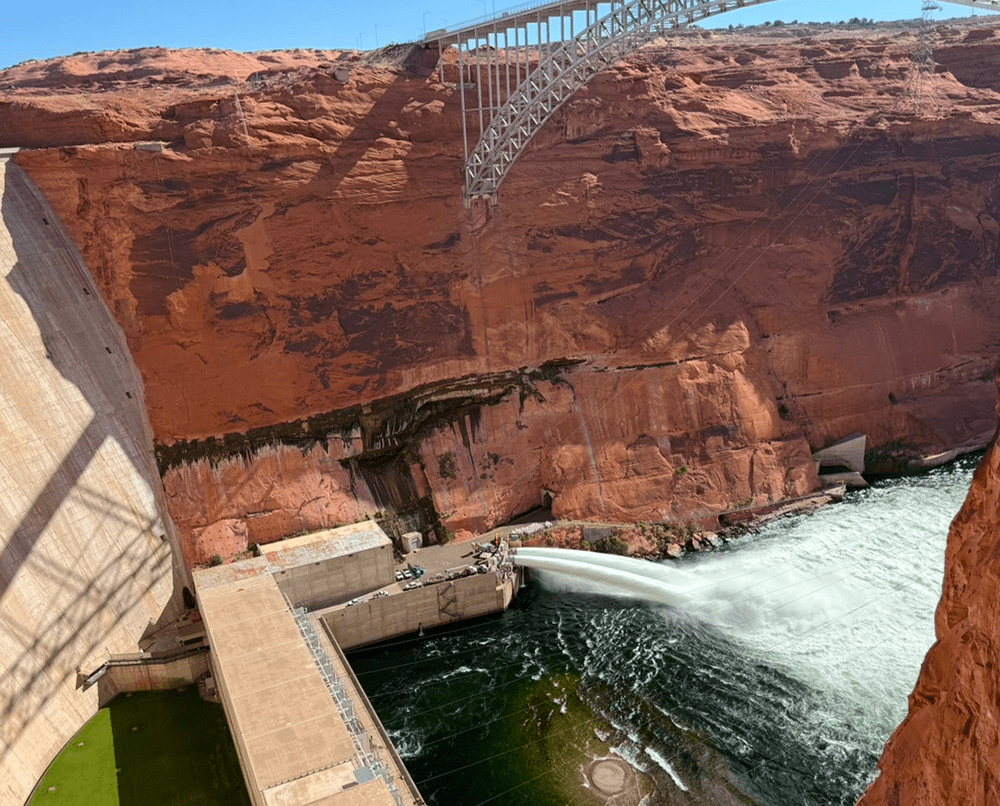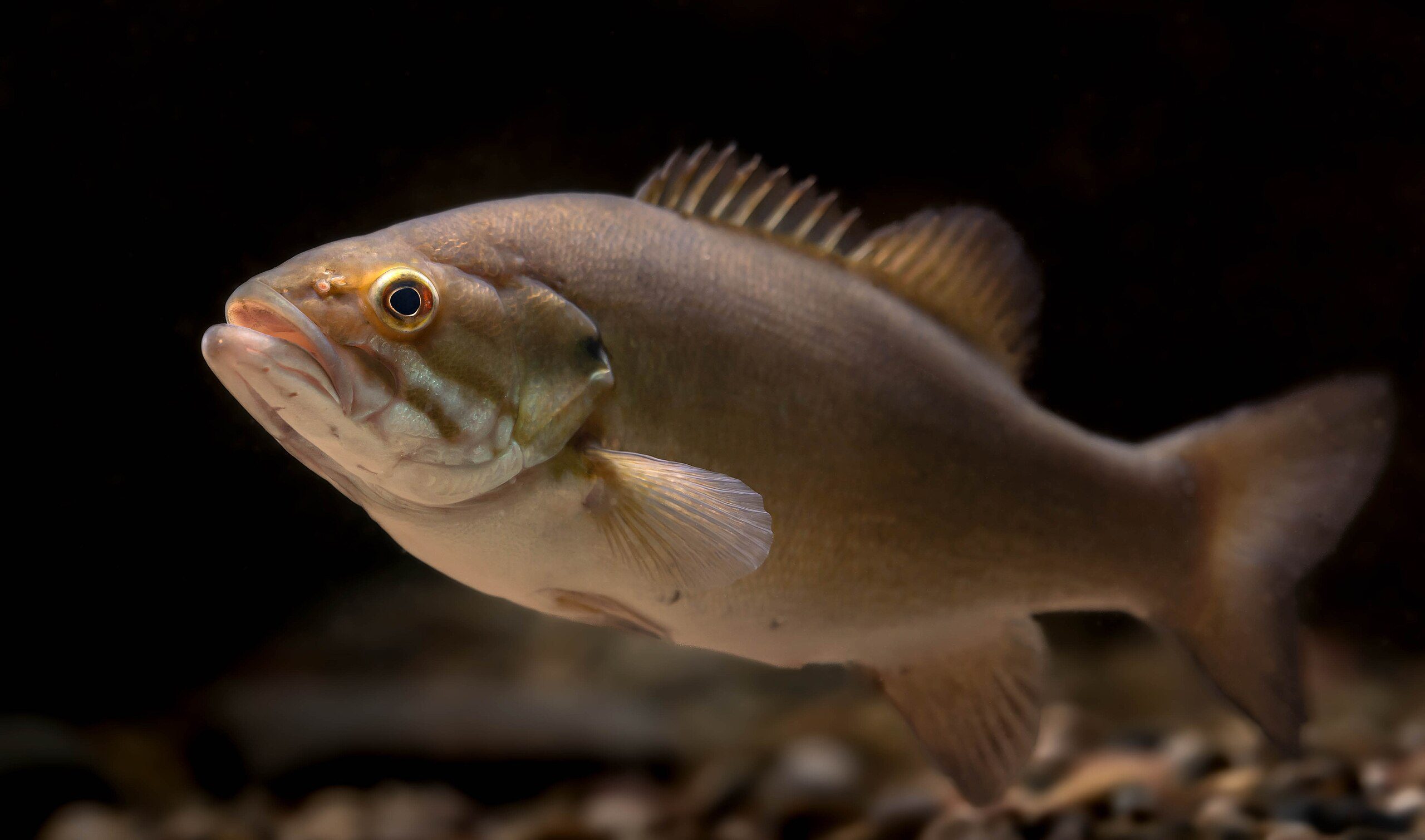- Cold water releases halted after successful bass control experiment.
- No young smallmouth bass detected below Glen Canyon Dam.
- Cooler water deters invasive bass, protecting native fish.
November 25, 2024 — In an effort to protect native fish species, the Bureau of Reclamation announced on November 19 that it is stopping the release of colder water from the depths of Lake Powell into the Colorado River downstream of Glen Canyon Dam. The decision comes after cooler weather and a successful experiment to disrupt the reproduction of invasive smallmouth bass.
The intermittent release of cool water began on July 9, aiming to maintain a daily average river temperature below 60 degrees Fahrenheit down to river mile 61, near the confluence of the Little Colorado River. This area is home to a core population of the threatened humpback chub. Cooler water temperatures deter smallmouth bass from spawning and maturing, reducing their threat to native fish protected under the Endangered Species Act.
Preliminary results indicate the experimental cooler water flows were successful, with zero young-of-year smallmouth bass counted during increased monitoring of the Colorado River below the dam. “Much of the prior research on smallmouth bass production suggested that these flows would work,” said Reclamation Upper Colorado Basin Regional Director Wayne Pullan . “The fact that we did not capture a single young-of-year smallmouth bass during increased monitoring over the course of the summer and early fall is proof that science-based decision-making and steadfast collaboration with our partners can yield positive results.”
. “The fact that we did not capture a single young-of-year smallmouth bass during increased monitoring over the course of the summer and early fall is proof that science-based decision-making and steadfast collaboration with our partners can yield positive results.”
How the Cool Mix Flows Worked.
The cool mix flows involved releasing water from both the hydropower penstocks and the river outlet works located deeper within Lake Powell to release colder water downstream. These releases did not change the amount of water released from the dam; it only changed the source location. When water is released through the outlets, hydropower is not generated. Reclamation worked closely with the Western Area Power Administration throughout the experiment to mitigate impacts on power production.
“During these cool mix flows, Reclamation released water solely through the power plant when demand for power was at its peak, then released water through both the power plant and the river outlet works when there was decreased demand for hydropower in the morning hours,” explained Reclamation Upper Colorado Basin Regional Power Manager Nicholas Williams .
.

 .
.Ongoing Monitoring and Future Actions.
Reclamation will continue to monitor river temperatures in the coming weeks to ensure they remain below the target threshold of 60 degrees to river mile 61. The National Park Service will continue monitoring and counting smallmouth bass throughout the year.
As Lake Powell’s elevation has declined and water released from Glen Canyon Dam has warmed in recent years, invasive warmwater fish like smallmouth bass are more likely to pass through the dam and reproduce downstream in the Grand Canyon. Reclamation is working with partners to develop additional preventative actions, including supporting the National Park Service in chemical and mechanical treatments and possible modifications to a shallow slough area at river mile 12, a prime spawning location for invasive fish.
Reclamation also considers other methods to prevent or limit future fish passage through the dam, aiming to protect native species and maintain the ecological balance of the Colorado River.


Leave a Reply